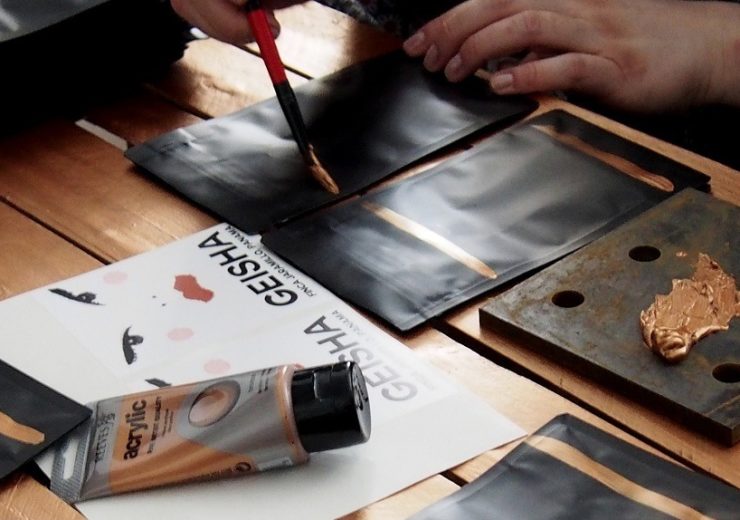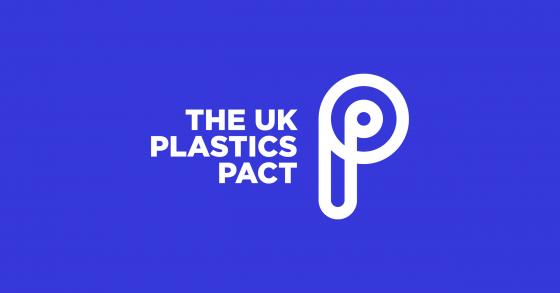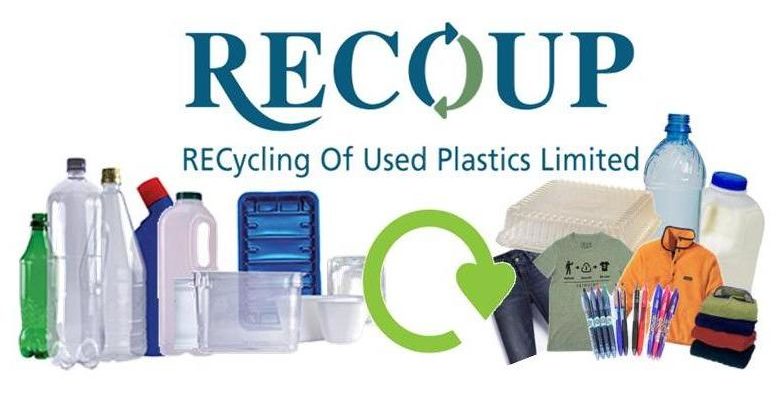From using clear plastics to avoiding compostables entering the recycling stream, we look at some of the best advice for producing packaging that’s optimised for the circular economy

Charity the Ellen MacArthur Foundation estimated the introduction of a circular economy could be worth €1.8tr ($1.9tr) (Credit: Pixabay)
As environmental issues play an increasingly important role in business, major packaging manufacturers are turning to the circular economy in order to ensure their products become more sustainable.
According to research conducted by the Ellen MacArthur Foundation in 2015, the implementation of a circular economy in Europe alone could be worth €1.8tr ($1.9tr).
The non-governmental organisation (NGO) also found the net material cost saving from its implementation for consumer goods companies could be more than $700bn a year.
One of the biggest barriers to overcome for some packaging developers is how to best optimise the design of their products to best fit circularity.
From NGO-led business collaborations to organisations designed to tackle recycling issues, there are many resources focusing on how to develop products that work in a circular economy. Here we take a look at some of the advice they offer.
How to design products to fit within a circular economy
UK Plastics Pact
Founded in 2018 by two of the UK’s biggest charities involved in the circular economy, the Waste & Resources Action Programme (WRAP) and the Ellen MacArthur Foundation, the UK Plastics Pact aims to transform the country’s plastic packaging system.
It brings its membership, which currently features more than 100 businesses and industry bodies including Unilever, UKHospitality and The Coca-Cola Company, behind a common vision with ambitious targets.
These targets to be achieved by 2025 include:
- 100% of plastic packaging reusable, recyclable or compostable
- 30% average recycled content across all plastic packaging
- Take action to eliminate problematic or unnecessary single-use packaging items through redesign, innovation or alternative (re-use) delivery methods
WRAP CEO Marcus Gover said: “Together, we have a once-in-a-lifetime opportunity to rethink and reshape the future of plastic so that we retain its value and curtail the damage plastic waste wreaks on our planet.
“This requires a wholescale transformation of the plastics system and can only be achieved by bringing together all links in the chain under a shared commitment to act. That is what makes the UK Plastics Pact unique.
“It unites every body, business and organisation with a will to act on plastic pollution. We will never have a better time to act, and together we can.”

In 2019, the Plastics Pact set out guidance for designers on what to avoid in order to make packaging products more recyclable, and revealed alternatives which could be used.
Areas to avoid included the use of aluminium or metal caps used on plastic bottles, sleeves that cover more than 60% of the surface area of a product and non-removable film lids.
Other problematic packaging also included products such as PVC sleeves and components, compostable, biogrdable and oxo-degradable plastic which enter the recycling stream and black plastics.
In order to design packaging to be more recyclable, the Plastics Pact recommend the development of clear plastic products, the use of polypropylene or polyethylene to create sleeves for trays and to not print anything on PET bottles.
RecyClass (Plastics Recyclers Europe)
RecyClass was founded by Plastics Recyclers Europe in 2018, initially developing a global definition of plastics recyclability.
One of the reasons behind this was the “onslaught” of announcements around commitments to package sustainability and recyclability at the time.
Plastics Recyclers Europe president Ton Emans said: “As recyclers, we are a fundamental part of the solution to the issue of sustainability of plastics, and we need for the appropriate audiences to understand what is necessary to label a product or package ‘recyclable’.

“We welcome these commitments and encourage others to follow.
“Nevertheless, clear and universally endorsed definitions and objectives are needed.”
In order to be declared recyclable, these are the four conditions all plastic must meet:
- It must be made with plastic that is collected for recycling, has a market value and/or is supported by a legislatively mandated programme.
- It must be sorted and aggregated into defined streams for recycling processes
- The product can be processed and reclaimed or recycled with commercial processes.
- It becomes a raw material which is used in the production of new products.
The RecyClass initiative aims to help the plastic value chain find the correct way to approach and evaluate the design for the recycling of packaging products.
It has published guidance for the use items including PET in plastic trays, polyethylene in films and high-density polyethylene in containers.
RECOUP
First founded in 1989, RECOUP is one of the leading authorities when it comes to plastic recycling and resource management in the UK.
The organisation is built upon a network of members across all sectors involved in plastics and works with many international recycling associations to ensure the implementation of the latest best practices and developments worldwide.
RECOUP is also involved in research analysis to identify good practices and provides technical support, training and consultancy services to develop the most efficient recycling schemes for both local government and waste contractors.

In 2017, the organisation released the first of its Recyclability by Design guides, in order to ensure packaging end destinations remain high on the agenda throughout the design process.
The 2019 edition of the guidance, produced by RECOUP, alongside trade association the British Plastics Federation, outlined five key areas to consider when designing plastic packaging.
It highlights the importance of using the same material across the the product, minimising use of colour wherever possible, making sure closures are easy to separate, avoiding the use of full sleeves and the development of small, easily removed labels.
